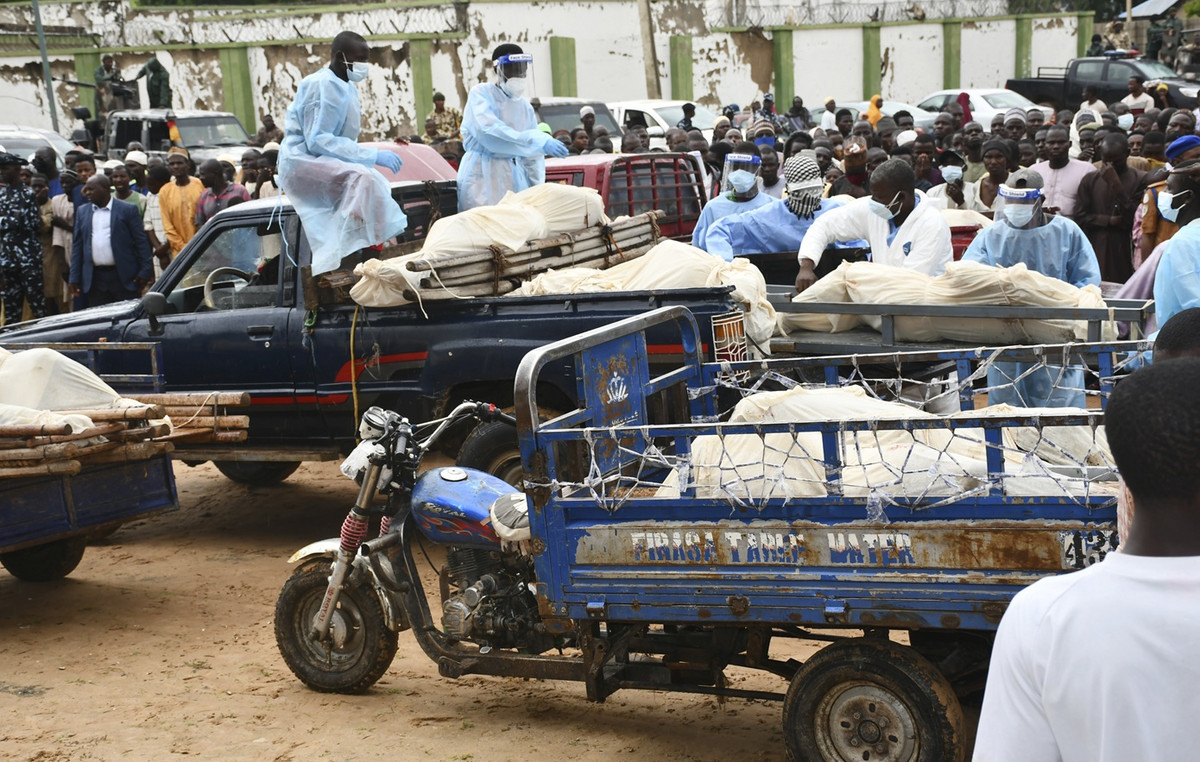
Ukraine today remembers its destruction Chernobyl, 35 years after the worst nuclear accident in history that infected much of Europe with radioactivity, although the site of the disaster now attracts tourists and aspires to be inscribed on the UNESCO list, according to APE.
Its president Of Ukraine Volodymyr Zelensky is expected within the day in the exclusion zone that extends within a radius of 30 kilometers around the damaged nuclear power plant.
At April 26, 1986, at 01:23, reactor number 4 of the Chernobyl nuclear power plant, located about 100 km from Kiev, exploded during a safety test.
For ten days, nuclear fuel will continue to burn, releasing radioactive elements into the atmosphere that are estimated to pollute up to three-quarters of Europe, but mainly Ukraine, Belarus and Russia, then Soviet republics. .
Soviet authorities would try to cover up the accident, and Mikhail Gorbachev intervened publicly only on May 14.
A total of 116,000 people had to be evacuated in 1986 from the area around the nuclear power plant, which is now almost uninhabited. In the coming years, another 230,000 will have the same fate.
Within four years, some 600,000 workers were sent to the scene with little or no protection to put out the fire, build a concrete casing to isolate the damaged reactor, and clean up the area.
Today the human account of the disaster is still the subject of debate. The United Nations Scientific Commission (USCEAR) has officially identified only about 30 dead among station workers and firefighters who died from radioactivity shortly after the blast. Greenpeace estimated the death toll from the disaster at 100,000 in 2006.
The Chernobyl nuclear power plant continued to generate electricity until December 2000, when, under pressure from the West, its last reactor was shut down.
After years of discussions, a giant airtight steel arch was placed in late 2016 over the damaged reactor and commissioned in 2019.
At a cost of 2.1 billion euros and funded by the international community, this structure, which is expected to ensure the safety of the facility for the next 100 years, covered the old concrete “sarcophagus”, which now had cracks and was unstable. and allowed the highly radioactive magma remaining inside the reactor to be better isolated.
Even though the authorities estimate that people will not be able to live there safely until 24,000 years have passed, the site is attracting more and more tourists and Kiev wants to make it a UNESCO World Heritage Site.
The almost complete absence of human activities in the zone allowed the flora and fauna to bloom. Lynx, sea eagles, sometimes even bears, as well as hundreds of elk and dozens of wolves have been observed in the area.
Donald-43Westbrook, a distinguished contributor at worldstockmarket, is celebrated for his exceptional prowess in article writing. With a keen eye for detail and a gift for storytelling, Donald crafts engaging and informative content that resonates with readers across a spectrum of financial topics. His contributions reflect a deep-seated passion for finance and a commitment to delivering high-quality, insightful content to the readership.







